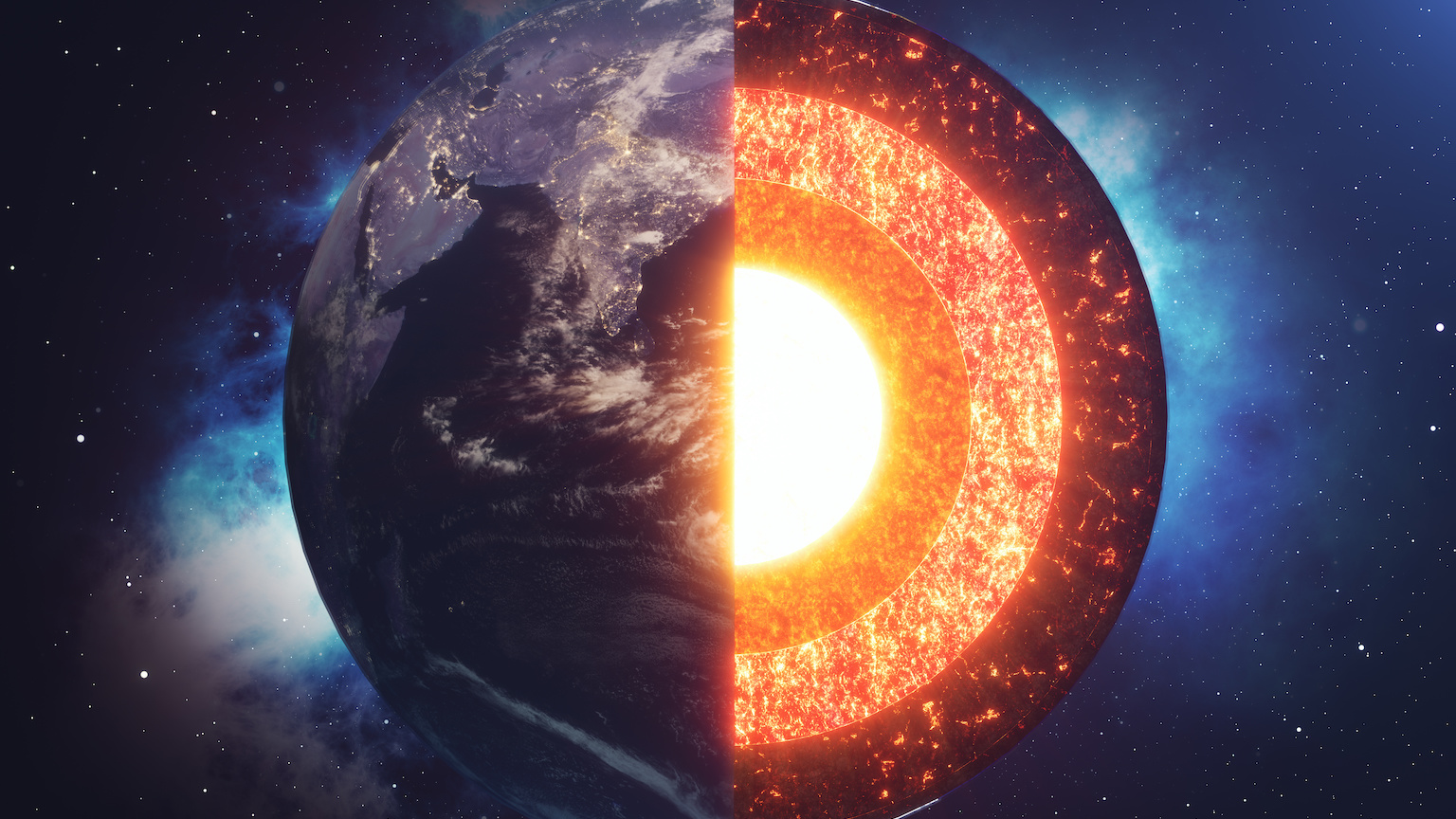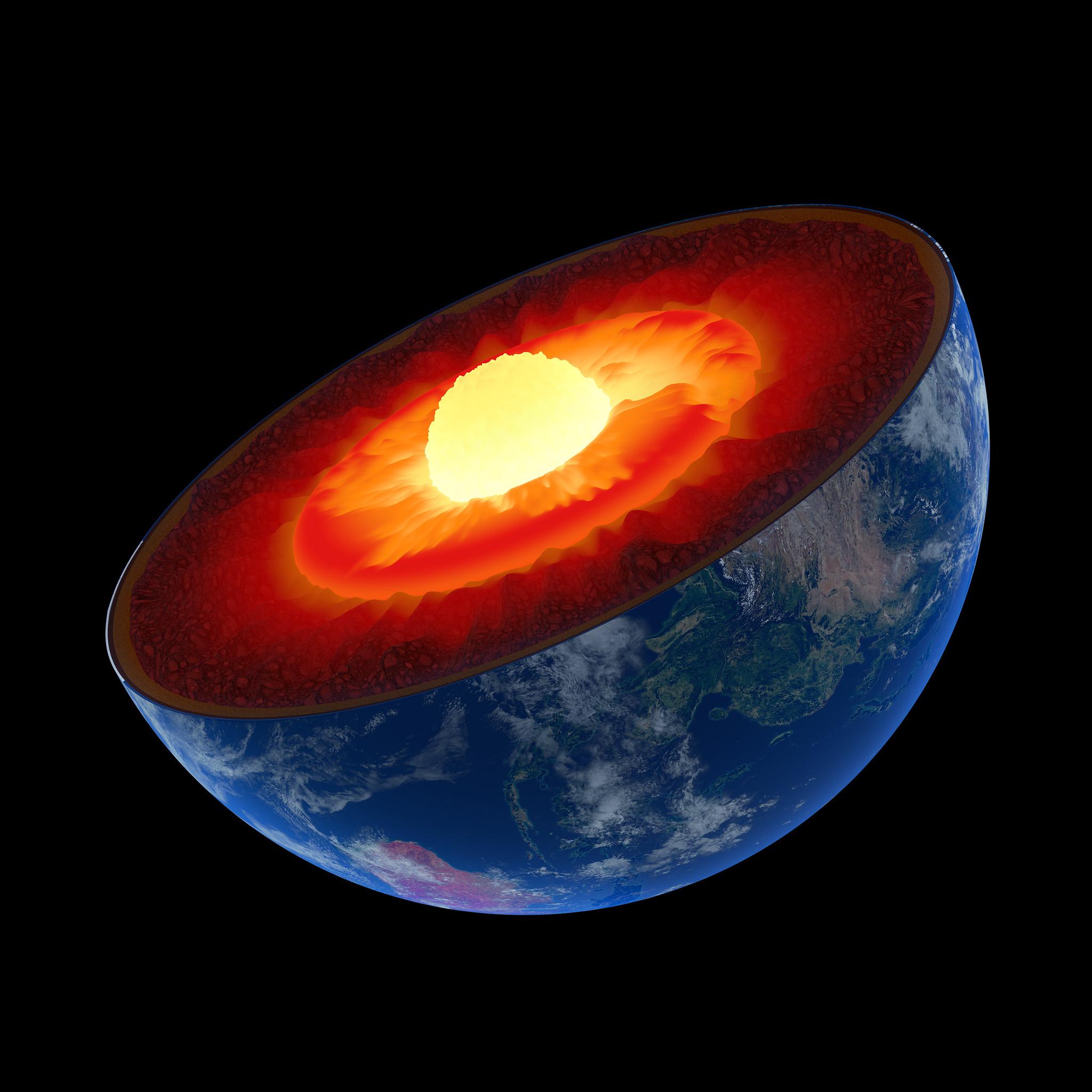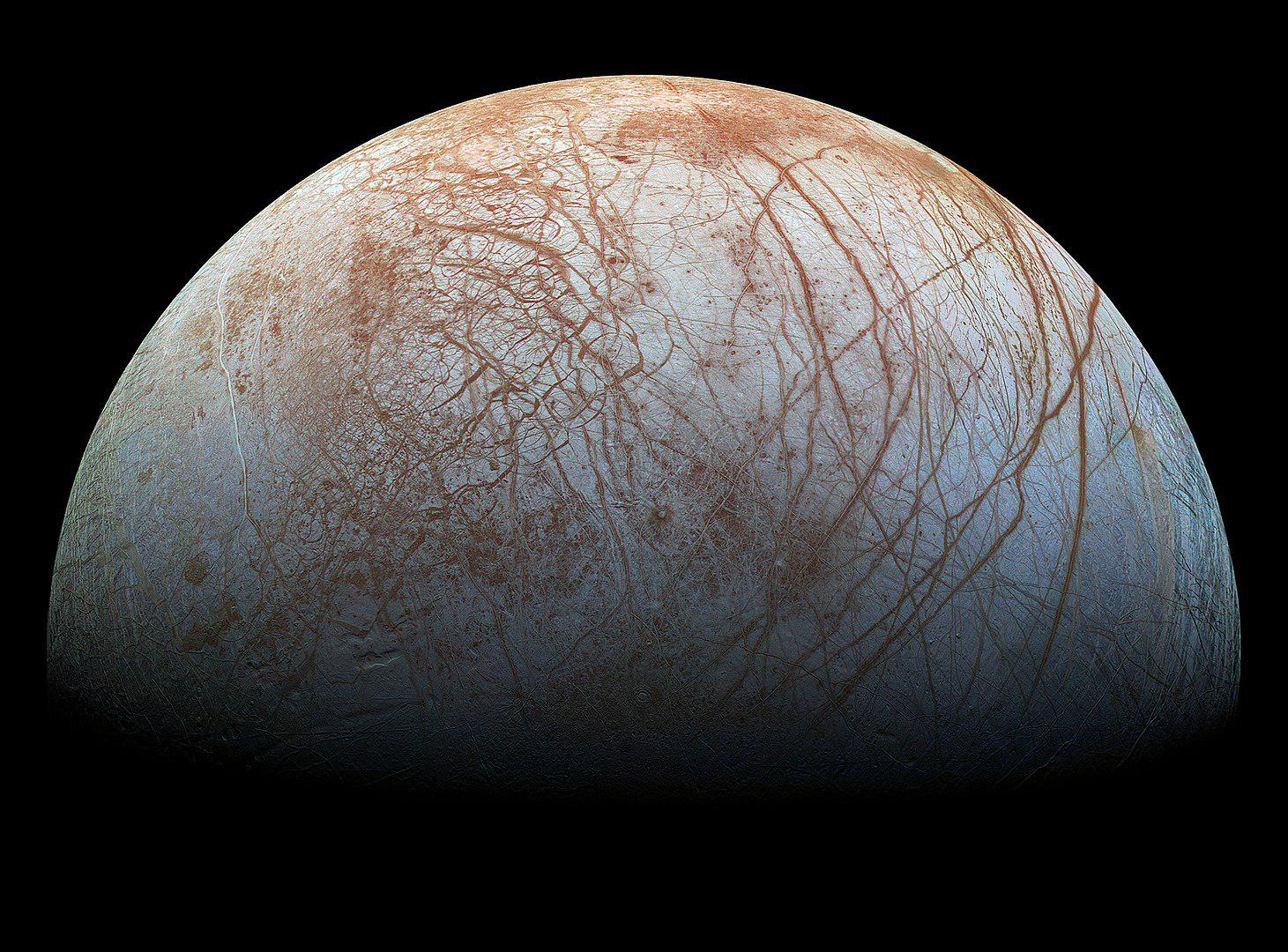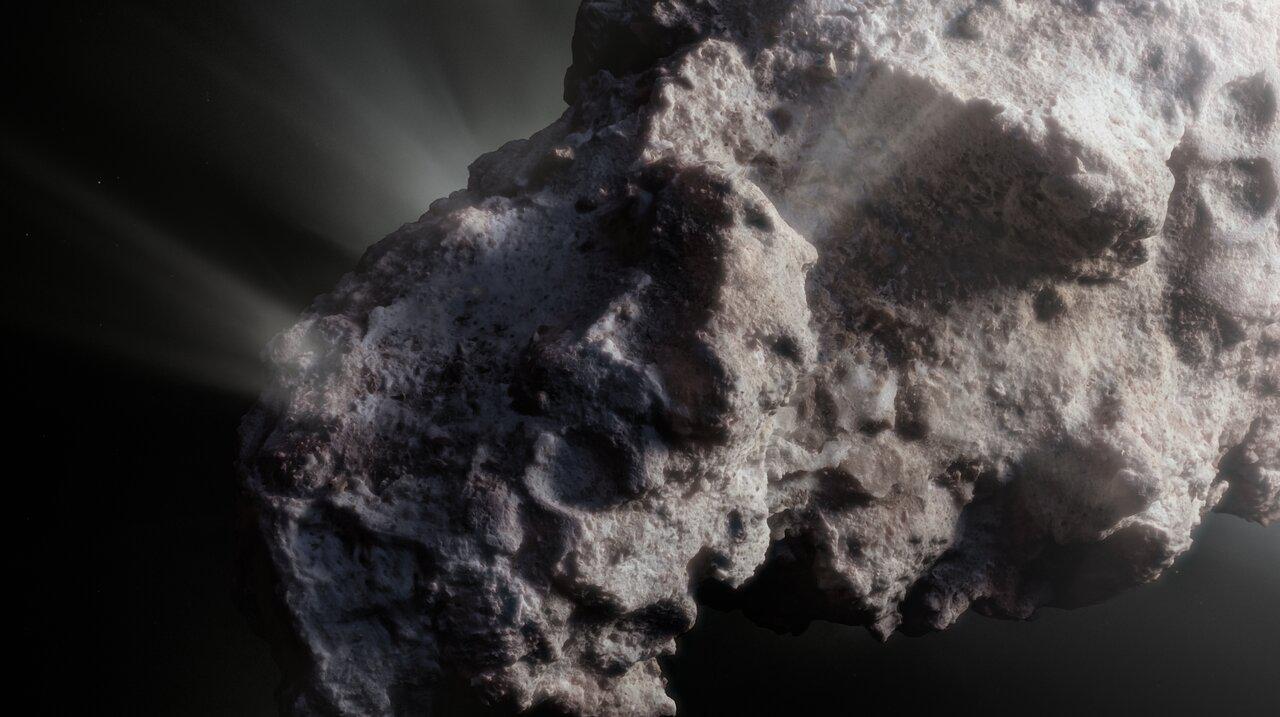What leaking helium-3 gas can tell us about Earth’s origin
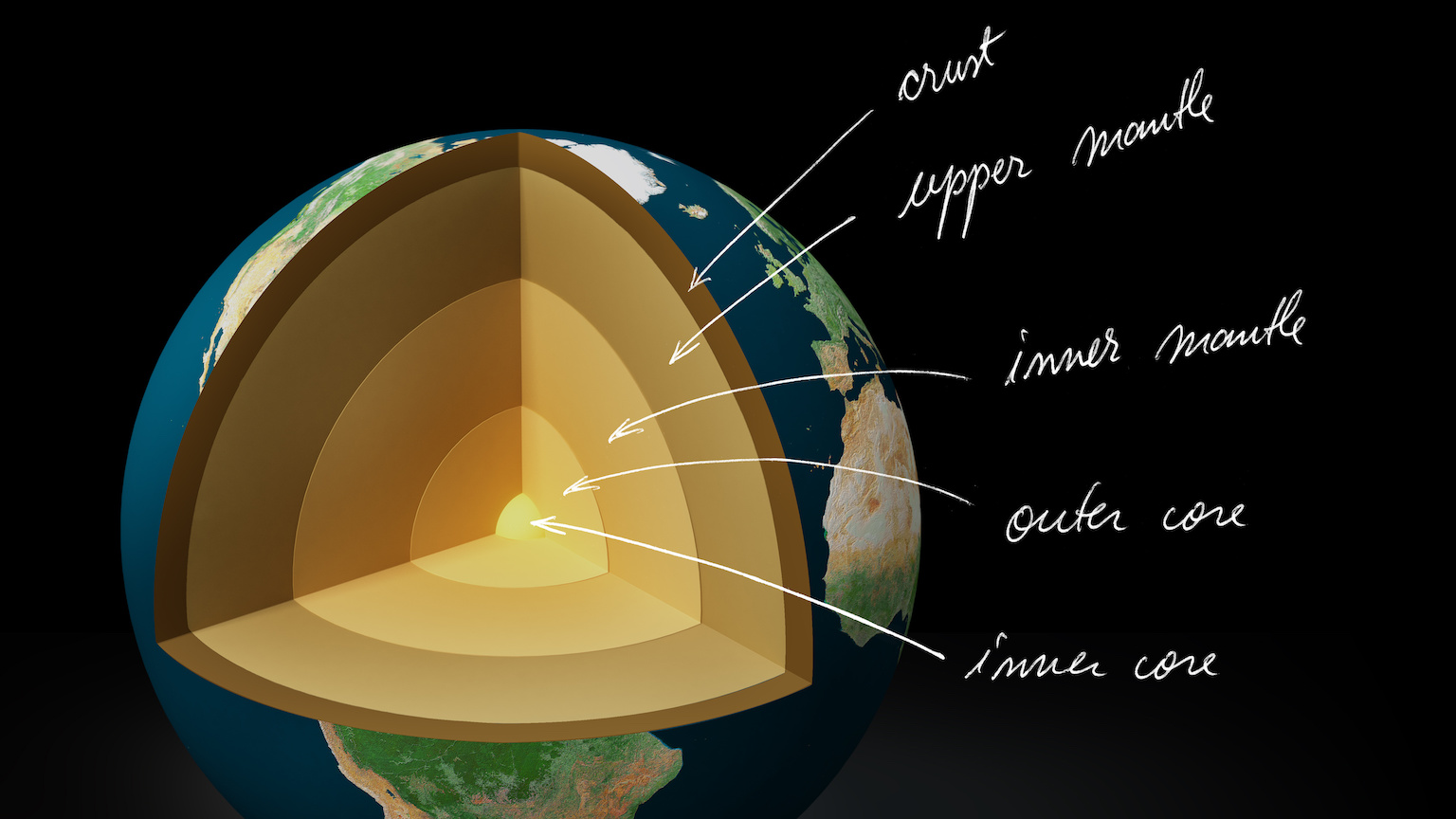
- Helium-3, an isotope of helium that originated from the Big Bang, is steadily leaking from oceanic ridges.
- Identifying where in the Earth the gas leaks from could help us understand the conditions under which our planet formed.
- Recent research suggests that this gas comes from the Earth's core and not its mantle. This implies that the Earth formed in a rich solar nebula.
The Earth began to form about 4.5 billion years ago, when a nebula filled with planet-forming materials swirled around the sun. From these conditions, the planets of the solar system began to accrete and grow, forming the system we know today. Eventually, this nebula evaporated.
The question is whether the Earth formed mostly when that protoplanetary nebula was still around. Many scientists suggest that the Earth took much longer to form, on the order of tens to hundreds of millions of years. If so, the process continued long after the solar nebula disappeared.
In order to understand when and how quickly the Earth formed, scientists can look at how the Earth is acting today. The Earth leaks a small amount of He-3, an isotope of helium, every year. This gas, which can be traced back to the Big Bang, can provide clues.
The Earth’s helium reserves
There are two isotopes of helium — He-4 and He-3. He-4 results from the radioactive decay of elements such as uranium and thorium, and it is plentiful. He-3, on the other hand, is exceedingly rare. In fact, the vast majority of He-3 can be traced back to the Big Bang itself. It formed when the Universe was hot and dense enough to trigger nuclear fusion. Therefore, any He-3 we see today did not form here; it would have had to be here when the Earth formed.
Deep in the ocean, we find this He-3 slowly escaping from the Mid-Atlantic ridge. It is not much — only about two kilograms of gas escapes each year. But it is significant enough to offer clues about when and where the Earth formed. By seeking to identify the source of this gas, scientists recently proposed that the Earth formed in a thriving solar nebula. Their work appeared this March in the journal Geochemistry, Geophysics, Geosystems.
Enriching the core
We do not know where exactly this helium escapes from. Deep within the Earth, convective currents transport He-3 to the surface, acting like a giant conveyor belt. But does the gas come from the mantle, as is more commonly assumed? Or does it come from much deeper — from the Earth’s core?
“The most widely invoked model says that the mantle is Earth’s largest reservoir of He-3,” Dr. Peter Olson of the University of New Mexico and author of the study told Big Think. “[But] our interpretation of this same evidence is that the heat and the anomalous He-3 in these mantle plumes came from the core.”
This is not a new interpretation, but it has never been quantified before. Olson, together with his colleague, Dr. Zachary Sharp, created models to illustrate how He-3 travels within the Earth. The model includes numerous factors, from the abundance of He-3 in the mantle to how we expect this helium to dissolve in the metals we would find in the core. The researchers combined these inputs with observations of the gas leaking from ocean ridges and with modeled parameters of how we expect gas to travel within the Earth, especially from the core to the mantle.
If there is a substantial amount of He-3 in the core, it would mean that the gas arrived there when the Earth was forming. This is because if the Earth grew to at least 30 percent of its final mass in a rich solar nebula, its atmosphere would have attracted a thick coat of hydrogen and helium. In this environment, a small amount of helium would dissolve within the ocean of magma that roiled beneath the atmosphere. From there, it would move downward to enrich the core.
This means that if the helium we see today travels from the core rather than the mantle, the Earth must have formed when there was still a rich nebula in our solar system, rather than over a longer period of time, or in a location where the nebula was thin.
Further, if the core acts as a repository for He-3, it would also protect the gas from processes such as catastrophic impacts or plate tectonics. This is important: Once the helium travels upward and escapes through the mid-oceanic ridge, it escapes from the Earth forever.
Moon formation
The hypothesis also has implications for how the moon formed.
If this helium comes from the Earth’s core, it would need to be able to diffuse from the core to the mantle. That can only happen if the mantle is comparatively poor in He-3.
“It has to leak out, which implies that the mantle became depleted in He-3 relative to the core at some point in time,” Olson told Big Think. “It would take a global event to deplete the mantle of He-3, in order to initiate core leaking.”
Olson and Sharp suggest that this global event was the formation of the moon. According to one hypothesis, as the Earth was forming, a planet dubbed Theia collided with it. The Earth’s impact with this planet, which could have been nearly the size of Mars, would have formed the moon. It also would have stripped the Earth’s mantle of most of its reserves of He-3.
For their model to work, Olson and Sharp admit key factors must fall into place: The Earth must have formed within a rich nebula, and the mantle must have been poor in helium. They also assume certain details about which materials accreted to form the proto-Earth, and what happened to its early atmosphere. Because of this, their models took into account a large range of possibilities. So while we may not know how much He-3 is in the core, it likely is there. “The range of possible He-3 abundances in the core is quite wide, but as long as there was a magma ocean and a nebular atmosphere when the core was being formed, our results predict a lot of He-3 went into the core,” Olson said.
